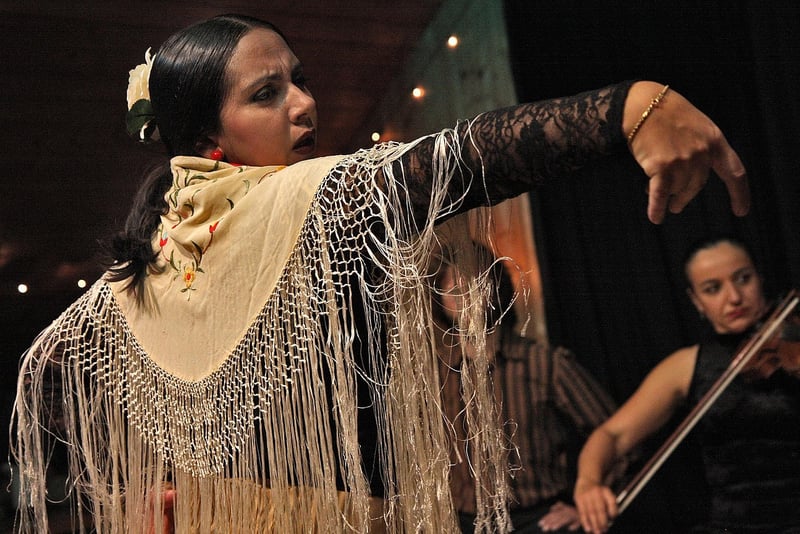Salsa
Exploring Expressive Movement Forms: Salsa Dancing
Expressive movement forms, such as dance, have the power to captivate audiences and express emotions in a unique and engaging way. One such popular and vibrant dance style is Salsa. Originating in the Caribbean, Salsa dancing is known for its energetic movements, rhythmic beats, and passionate flair.
The Origins of Salsa Dancing
Salsa dancing has its roots in Cuba, where it emerged from a fusion of African and European dance styles. It incorporates elements of Son, Mambo, Cha Cha Cha, and other Latin dance forms, creating a dynamic and lively dance experience.
Key Features of Salsa
- Rhythmic Hip Movements: Salsa is characterized by intricate footwork and hip movements that syncopate with the music.
- Partner Connection: Salsa is a social dance that often involves partners dancing in sync, creating a connection through lead and follow techniques.
- Latin Music: Salsa music is vibrant and diverse, incorporating influences from Afro-Cuban rhythms, jazz, and other genres.
Benefits of Salsa Dancing
Salsa dancing offers a range of physical, mental, and social benefits. It provides a great cardiovascular workout, improves coordination and balance, and boosts mood and confidence. Additionally, salsa dancing is a fun way to meet new people and connect with others through a shared love of dance.
Get Started with Salsa
If you're interested in learning salsa dancing, consider taking classes at a local dance studio or joining social dance events in your area. Many communities offer salsa classes for beginners, where you can learn the basic steps and techniques from experienced instructors.
Put on your dancing shoes, feel the rhythm, and let the music guide your movements as you immerse yourself in the vibrant world of salsa dancing!

Image Source: Pixabay
